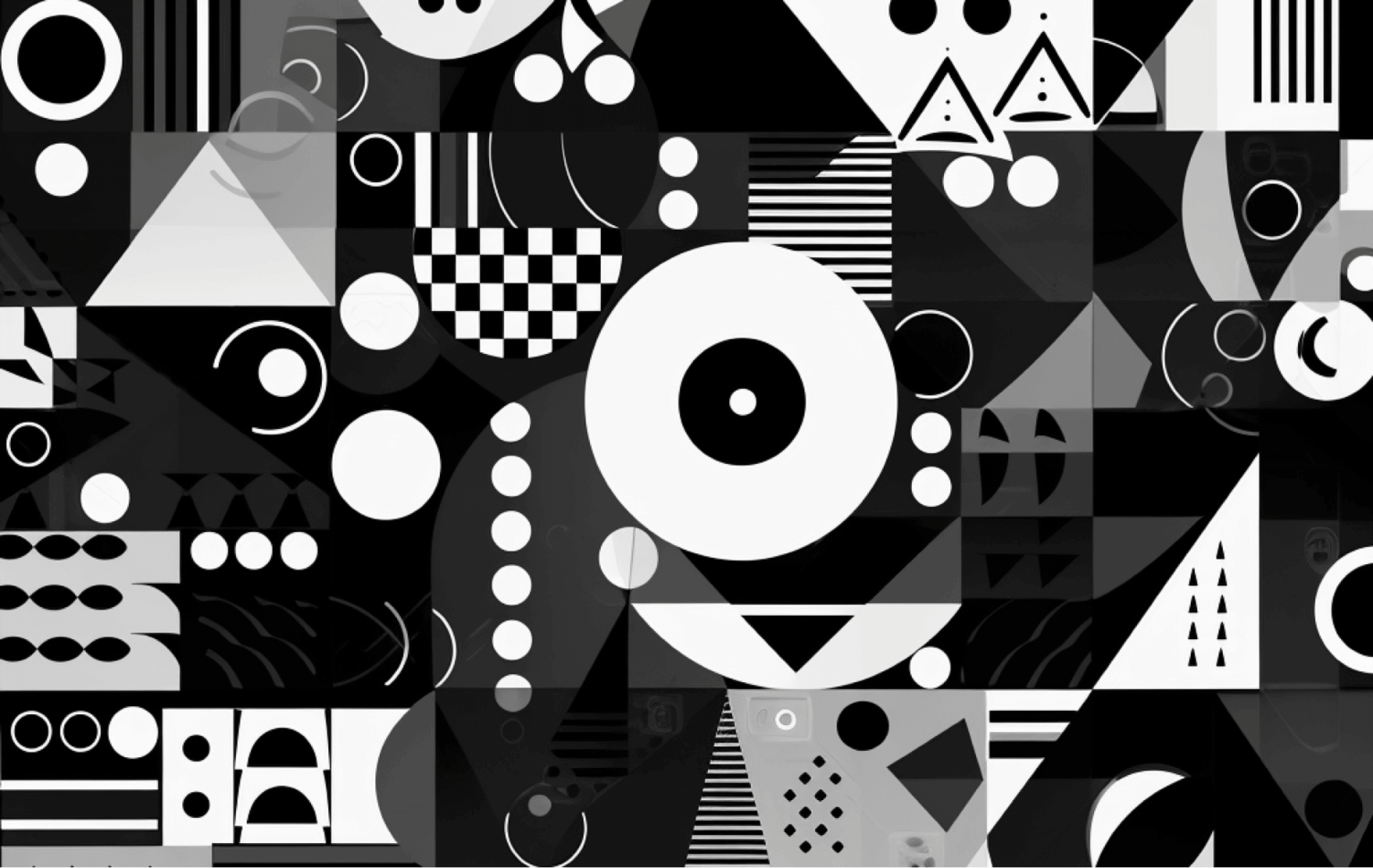The Benefits of AI in UX Design
-
- Improved Personalization and Customization
- Enhanced Predictive Capabilities
- Streamlined Design Processes
- Improved Accessibility and Inclusivity
How AI is Changing the UX Design Process
- Gathering and Analyzing Data
- Generating Insights and Recommendations
- Automating Repetitive Tasks
- Enhancing Collaboration and Communication
AI-Powered UX Design Tools and Applications
- Chatbots and Virtual Assistants
- Voice-Enabled Interfaces
- Personalized Recommendations and Content
- Intelligent Search and Navigation
The Challenges of AI in UX Design
- Ensuring Ethical and Responsible Use
- Balancing Human Intuition and Creativity with Machine-Generated Insights
- Overcoming Limitations and Biases of AI Algorithms
- Addressing User Concerns around Privacy and Security
The Future of AI in UX Design
- Continued Growth and Innovation in AI Technologies
- Increased Focus on User-Centered Design and Ethical Considerations
- Greater Integration of AI and Emerging Technologies in UX Design
- Potential for AI to Transform the Way We Interact with Digital Interfaces and the World Around Us
Conclusion
AI has already begun to reshape the field of UX design, offering unparalleled opportunities for personalization, efficiency, and innovation. As AI continues to evolve, its role in shaping the future of digital experiences will become increasingly vital. However, it is imperative to prioritize ethical and responsible AI implementation, centering design around users and addressing the limitations and biases inherent in AI algorithms.
FAQs
How is AI used in UX design?
AI is used in UX design to gather and analyze data, generate insights and recommendations, automate repetitive tasks, and enhance collaboration and communication.
What are some examples of AI-powered UX design tools?
Some examples of AI-powered UX design tools include chatbots and virtual assistants, voice-enabled interfaces, personalized recommendations and content, and intelligent search and navigation.
What are the benefits of AI in UX design?
The benefits of AI in UX design include improved personalization and customization, enhanced predictive capabilities, streamlined design processes, and improved accessibility and inclusivity.
What are the challenges of AI in UX design?
The challenges of AI in UX design include ensuring ethical and responsible use of AI, balancing human intuition and creativity with machine-generated insights, overcoming limitations and biases of AI algorithms, and addressing user concerns around privacy and security.
What does the future hold for AI in UX design?
The future of AI in UX design is characterized by continued growth and innovation in AI technologies, increased focus on user-centered design and ethical considerations, greater integration of AI and other emerging technologies in UX design, and the potential for AI to transform the way we interact with digital interfaces and the world around us.

